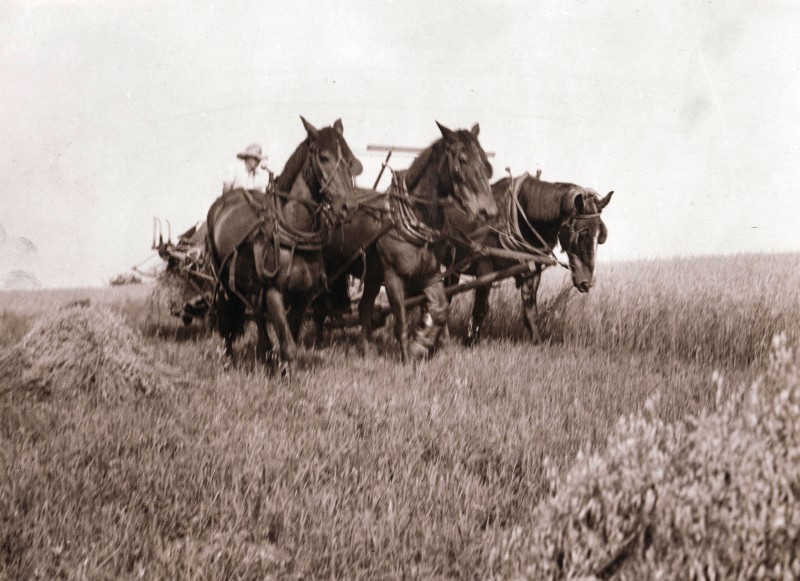Andebit et beaqui corendit, ut quostes esciendion re dit ad et prae parion es quia quas alibus sam, omnim faciden ducipidiat arum autem nobis enis es voat

The Working Landscape

Even the earliest travelers noted the promise in the land. The broad, fertile plain, bound by mountains, promised bountiful fruits to those willing to till the soil. The country’s first “bread basket” soon turned away from wheat to the lucrative business of breeding Merino sheep and, later, Morgan horses. The climate proved perfect for apples, much in demand for hard cider. Hand melons from Greenwich earned prizes at agricultural fairs, as did the new groundcover, bird’s foot trefoil. The tradition of working the land lives on in the face of modern challenges, keeping the landscape open and visible and producing raw material for exotic cheeses, salads and preserves.
The first crop of timber harvested from the mountain slopes seemed so limitless that farmers reduced acres of it to potash for export. But clear cutting practices soon demonstrated that good management was needed for forests as well as farmland. As paper companies shifted from rag to wood pulp, sylviculture emerged as a science. Today’s working woods support paper mills, lumber mills, and wildlife all at the same time.







